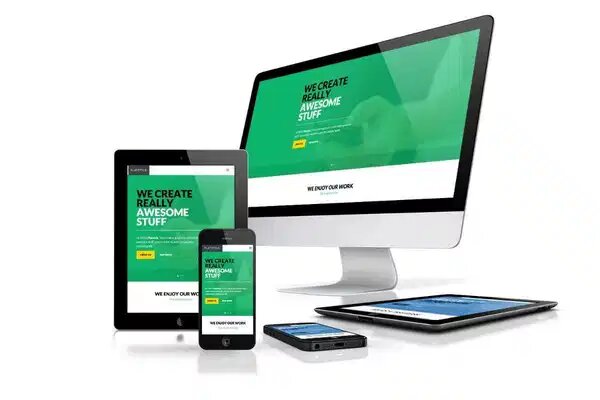The ongoing advancements have compelled businesses and companies to localize their website to compete in the global market. It not only is needed for a single system but also needs to be carried out for every device across different platforms. It is high time that companies realize that people are on the screens most of the time and hence need a localized version to work on cellular devices. However, many companies do not realize this factor and often overlook the need to cater to the audiences on their websites. According to research, mobile phone users contribute around 62% of the total website traffic. This number has particularly increased in recent years. According to the reports, it was barely 6.1% in the year 2011. Therefore, the need for Professional website translation services across different apps has become fundamental.
Here are a few key considerations that can help you localize your website across different screens and platforms.
Responsive design
First of all, make sure that you work on responsive design. A website that has responsive designs offers a better website experience to visitors. The users and customers do not have to struggle with the content and design by zooming in or out. Considering the adaptability factor helps you experiment with different screen sizes, from desktops to smartphones and tablets. Moreover, do not overlook the need for prioritizing the consistent and intuitive user experience across different devices.
Language-specific layout
While targeting the language, specific factors are also important to consider. The localization for right to left languages can be challenging, that too for smartphones and mobile devices. Therefore, while targeting languages such as Arabic or Hebrew, make sure that your localized version offers a seamless experience to the user on all devices, and the reading direction is also compatible on the devices.
The text expansion could be different for some languages. A few languages are written precisely, whereas many others come with more characters. Localizing in right-to-left languages is particularly challenging due to different direction and font style. So, considering variations in text length across different languages is imperative and inevitable to avoid layout issues.
Cultural adaptation
While localizing the website, cultural adaptation should also be taken seriously and carefully. The cultural factors often get more prominent on smartphones as compared to the websites. Therefore, you need to ensure that the visual elements including images, colors, and symbols are all placed and integrated according to the size and dimensions of a mobile phone and other devices. All these elements should be culturally adapted and coherent. Moreover, content localization should also be prioritized as any mistake or negligence is likely to get caught on the small screens more as compared to the laptops and systems. Make sure that you adapt the content to reflect local customs, idioms and humorous elements and collaborate with a competent website localization company.
Accessibility
Accessibility talks about a lot of factors. The whole point of carrying out website localization is to facilitate the customer and potential buyer with a platform that they can access on any device. Therefore, make sure that the screens you are modifying your content for is compatible with your localized version. The screen reader compatibility should be considered. Also, make sure that your website is accessible to users with visual impairments. The keyboard navigation should also be integrated for the people who prefer using it.
Localization tools
Professional website localization services involve using multiple localization tools that can help users with a seamless browsing experience even on their mobile phones. Make sure that you use a TMS to manage the translation effectively. It can help you automate the localization process that you are adapting for the mobile screens. This helps bring more accurate content. Moreover, opting for the content management system can help ace the multilingual content and localization workflows. Using localization tools also makes you enjoy a hassle-free process without getting worried about the basic and petty tasks. This also makes you available to focus on other important tasks.
Using a TMS also helps you to integrate other useful features such as glossary management and translation memory. Using these things allows you to work on consistent website content across all devices.
SEO optimization
SEO optimization is an important factor to consider for an overall website localization. Hence, making it significant for website localization for different screens as well. This demands the use of localized keywords and adding relevant content to your web to achieve optimal results. You should never ignore the importance of optimizing the relevant keywords in the target language. This helps bring more accurate results in every type of search. Also, don’t forget to use the Google Search Console to target specific countries and regions.
Conclusion
Website localization services have been adopted by different businesses lately. It has become a common trend now. However, the ongoing advancements demand website localization for different other devices as well. Considering certain tips for website localization for different devices can make your process more seamless. The tips may include working on responsive design, considering language-specific layout, cultural adaptation, and accessibility.

